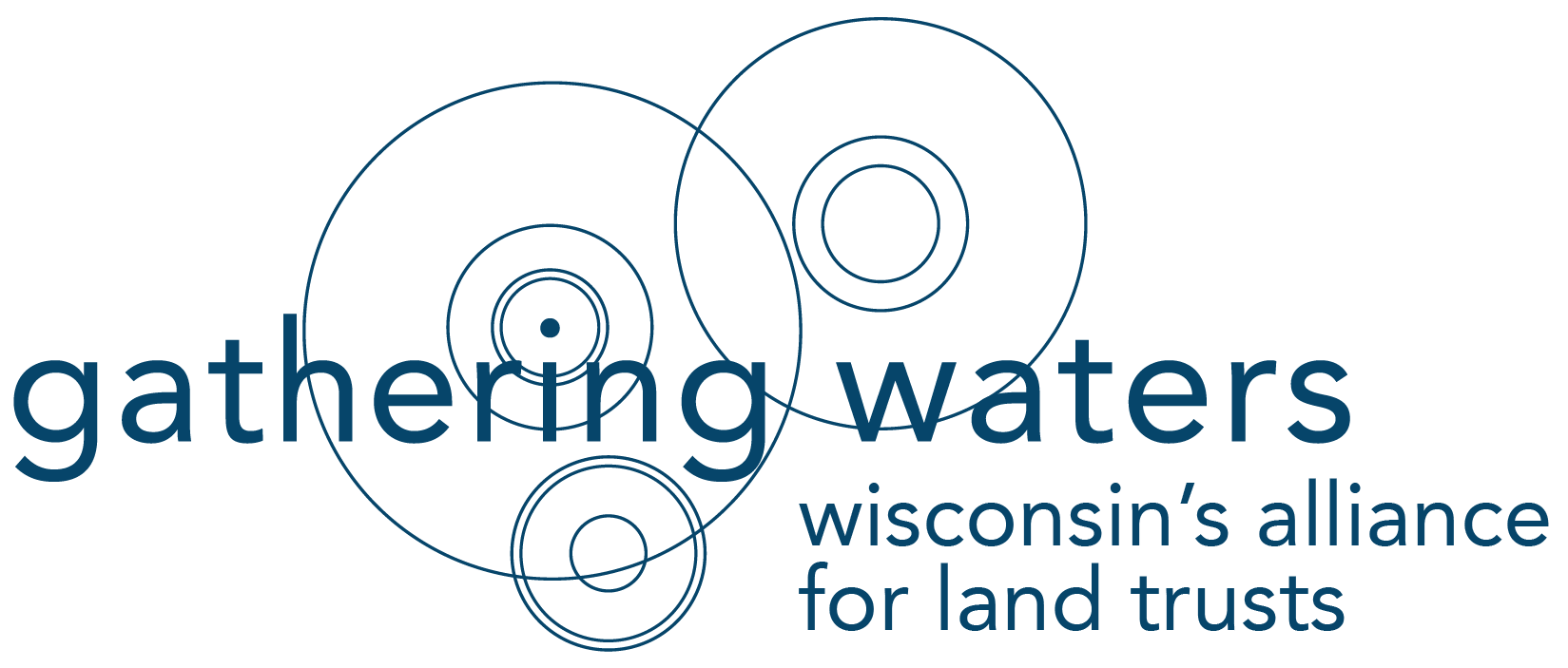Effectively navigating landowner succession is a growing concern for land trusts – and was the focus of a session at the 2022 Wisconsin Land Trust Conference.
As one attendee put it, “regardless of what land trust you are part of, this will inevitably be something to manage.” With some land trusts now 25 or more years old, they are seeing – or soon expect to see – more ownership transfers of easement properties. Succession is clearly on the minds of landowners.
Here are some of the main points covered in the conference discussion, and resources for your land trust.
Krysten Zummo, Mississippi Valley Conservancy’s Conservation Associate, outlined the process they have in place to navigate landowner succession. Their successive landowner policy emphasizes maintaining positive relationships, timely communications, and respecting confidentiality with the current owner. Components of their approach include:
- To learn about land transfers, the annual monitoring visit always includes asking the landowner about any intention to sell.
- They host a conservation buyer listing on their website and direct landowners/realtors to ConservationSellers.org to list properties.
- Prospective buyer communications are conducted with permission of the current owner, and provide background on the Conservancy, conservation easements, and stewardship practices.
- They contact the new owner as soon as possible with a welcome packet, meet about the new landowner’s plans, set up a peer landowner mentor, and offer a one-year complimentary Conservancy membership.
This proactive approach helps, but sticky situations can still arise in terms of new landowners’ understanding and compliance with the terms of the easement. When working this out, maintaining a good relationship is a priority. Session attendees suggested to consider the messenger for landowner meetings; if possible, include a board member or volunteer who may be relatable.
Realtors are often the first point of contact for buyers, but may have limited familiarity with conservation easements. Mississippi Valley Conservancy includes connecting with realtors in their process.
Understanding realtors’ perspectives was the subject of Emilee Martell’s Master’s degree project at UW-Madison during the summer of 2021. She interviewed realtors and developed a flyer to respond to their frequently asked questions and outline a set of messages to market properties with conservation easements. Emilee completed an internship at Gathering Waters and currently works as the Development Associate at Driftless Area Land Conservancy.
Emilee also offered recommendations for reaching realtors to discuss and distribute the flyer, and to help realtors play a role as conservation partners by:
- Accessing realtor groups via local MLS association websites
- Presenting at MLS meetings and continuing education classes
- Offering listing assistance to realtors on your land trust’s website and via social media
Resources
Land Trust Standards and Practices Guidance – Practice Elements, available on The Learning Center (accessible to Land Trust Alliance members, with log-in)
11.D.1 Maintain regular contact with owners
11.D.2 Track changes in ownership
11.D.3 When the property changes hands
Managing Landowner Succession on Conservation Easements: Recommendations for Conservation Easement Holder Staff (People, Institutions and Ecosystems Lab, UW-Madison, 2022)
Outlines recommendations resulting from interviews with experts, practitioners, and landowners. Rather than a rigid set of policies, the authors encourage staff to view recommendations as a buffet of choices that can be tailored to fit their organization’s unique circumstances.



